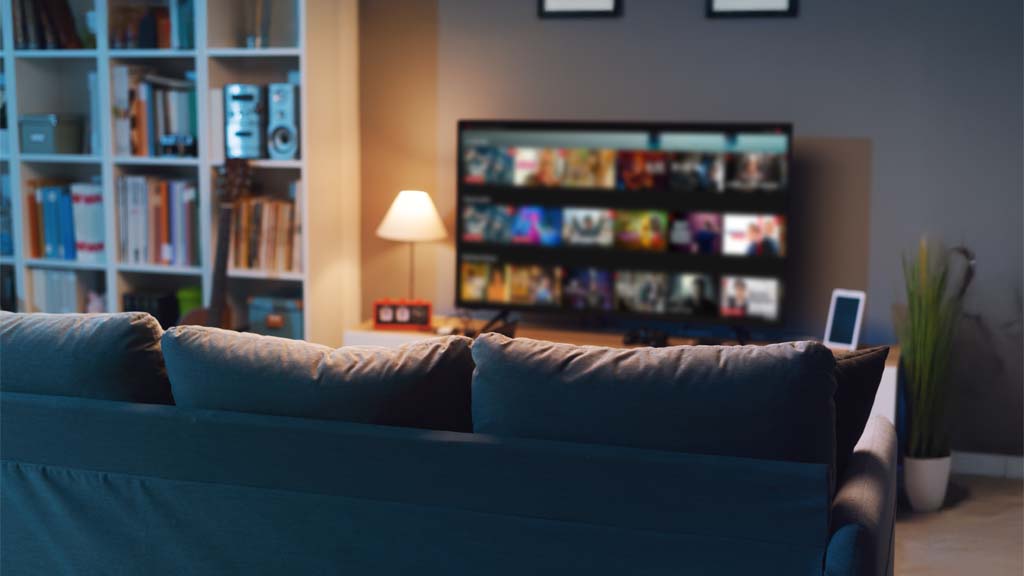Dolby Labs unveils plans for dual-stream decoder for TV receivers

Dolby Laboratories will license a new multistream decoder for implementation in home receivers. The intent of the device is to reduce complexity and cost of integrating multiple audio technologies within a single receiver, accommodating multiple media platforms and meeting requirements for next-generation HDTV services. On March 23, Dolby will release a system kit for OEM developer implementation into TV and set-top box designs.
In essence, the new decoder is an attempt to address the fact that no single audio standard has proven universally accepted, while, at the same time, existing broadcast schemes will require continued support for existing services such as SAP. According to Dolby Labs, the benefits of this approach include full compatibility with existing consumer home cinema systems and all transmissions formats; transcoding with one common Dolby Digital output for all input formats; support for multiprogram Dolby Digital Plus streams; and reduced overall licensing fees.
The new architecture will provide support for Dolby Digital, Dolby Digital Plus and Dolby Pulse decoding in a single package, leaving broadcasters free to use whatever format best suits their requirements. Input signals are decoded according to format and metadata instructions, with all inputs passing through unaltered for output via HDMI and S/PDIF. A two-channel downmix is always created, supporting European broadcast specifications.
Dolby Pulse is an enhanced implementation of the MPEG-4 AAC family of codecs, designed to be backward and forward compatible across several AAC varieties with improved stability, audio quality and error concealment. Dolby Pulse offers highly efficient coding and will offer comprehensive support for 5.1-channel sound and metadata.
Dolby Labs also is developing new production-side tools as well, including a multichannel encoding solution intended to simplify the use of Dolby Pulse while maintaining compatibility with existing Dolby E infrastructure.
This approach should support both current and future home audio needs across a variety of sources and media platforms, both in the United States and across several European standards organizations.
The professional video industry's #1 source for news, trends and product and tech information. Sign up below.
